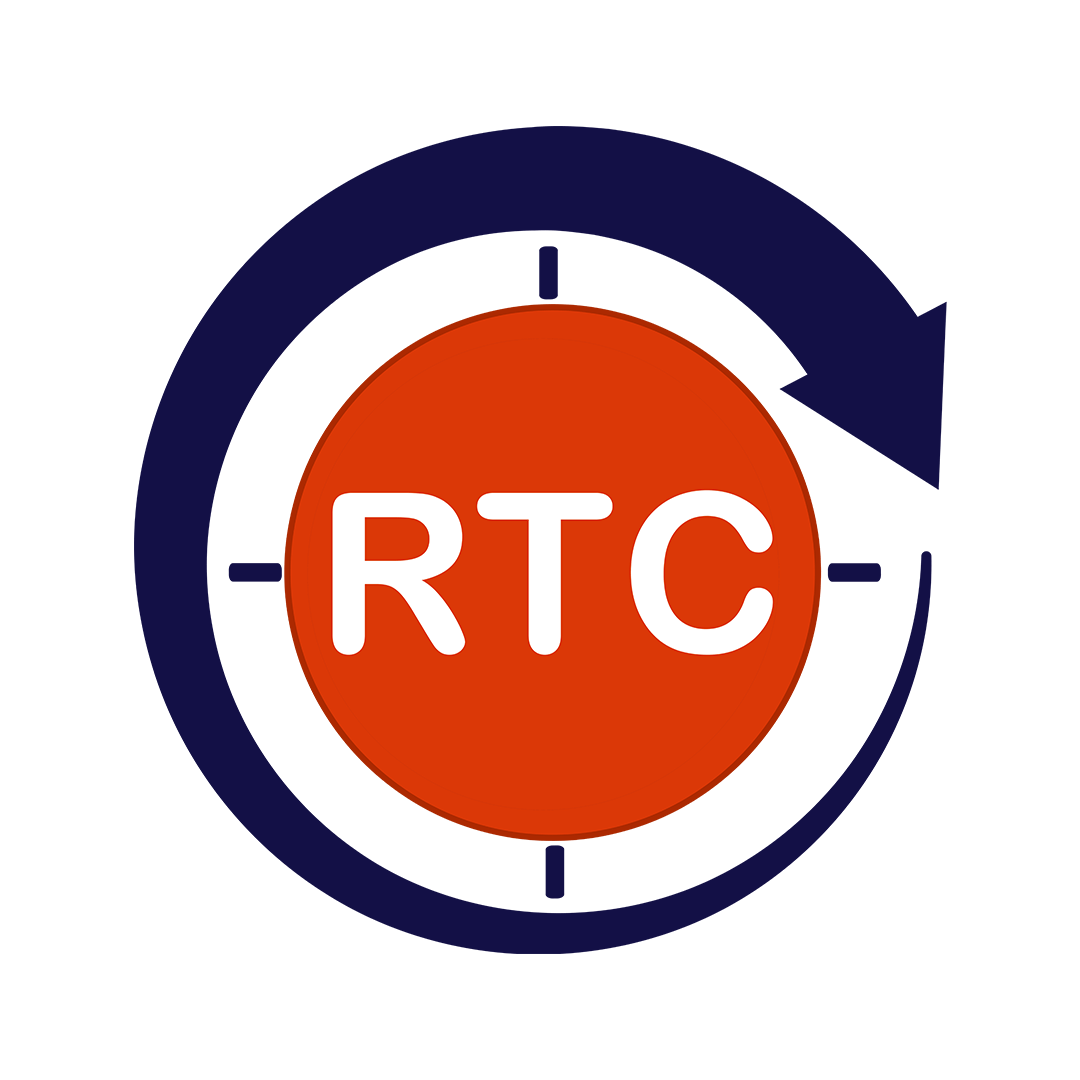As data volumes soar and AI systems hunger for real-time input, the responsibility to safeguard sensitive information has never been greater. Organizations managing personal, financial, or health-related data are under increasing scrutiny both from regulators and users. According to IBM’s 2024 report, the average cost of a data breach has climbed to $4.45 million, with 82% involving data stored in the cloud.
That’s where privacy-first data engineering steps in not as a compliance checkbox, but as an architectural strategy. A privacy-first approach doesn’t treat data security as an afterthought; instead, it bakes protection and compliance into every layer of the data pipeline from ingestion to analytics.
With frameworks like GDPR, HIPAA, CCPA, and India’s DPDP Act setting global precedents, this shift is vital. In this blog, we’ll explore practical, engineering-led methods for managing sensitive data securely and how to scale that across ecosystems while keeping performance intact.
Table of Contents
ToggleWhat is Privacy-First Data Engineering?
Privacy-First Data Engineering is an end-to-end data lifecycle design principle where privacy is embedded from the ground up. It ensures that sensitive data whether personally identifiable information (PII), personal health information (PHI), or payment details is:
Collected lawfully and transparently
Processed with purpose limitation
Secured through layered defense mechanisms
Auditable and traceable at all stages
Key Principles Include:
Minimization: Only collect what’s necessary
Purpose Limitation: Use data only for what it was collected for
Data Sovereignty: Respect geographical storage rules
Encryption and Masking: Ensure unreadability at rest and in transit
Access Controls: Enforce need-to-know policies
This approach requires engineers, architects, and data teams to collaborate deeply—moving beyond IT security and into data schema design, pipeline architecture, metadata governance, and ML workflow sanitization.
Core Techniques for Protecting Sensitive Data
Let’s unpack the most important privacy-first techniques and how to apply them practically:
Data Encryption
Encrypt data at rest using AES-256 and in transit using TLS 1.3 or higher. Many cloud-native tools (AWS KMS, Azure Key Vault) provide managed encryption. Use column-level encryption for high-risk data in warehouses like Snowflake or BigQuery.
Data Masking
Use static or dynamic masking to obfuscate sensitive data in dev, test, or analytics environments. Common in scenarios involving third-party processing or staging environments.
Tokenization
Replace sensitive values with non-sensitive tokens. Token vaults store mappings securely. Useful for payment data and identity management workflows.
Differential Privacy
Used in advanced analytics and ML, this technique adds noise to datasets, ensuring privacy-preserving statistical insights without individual traceability.
Role-Based Access Control (RBAC)
Leverage fine-grained controls to limit exposure. Combine with attribute-based access control (ABAC) in federated environments for added flexibility.
Secure Data Pipeline Design
Ingest via secure APIs
Implement data validation gates
Build logging and alerting around suspicious data movement
Use checksum verification during ETL transfers
Maintain audit trails for compliance
These techniques must be automated and consistently applied through CI/CD workflows to prevent human error and scale securely.
Governance, Compliance & Regulatory Alignment
Aligning privacy-first engineering with regulations is crucial. Here’s how to align engineering practice with compliance frameworks:
GDPR (EU)
Requires Data Protection Impact Assessments (DPIAs), user consent management, and the right to be forgotten. Implement subject access request (SAR) pipelines using automated data discovery.
HIPAA (USA)
For healthcare data, mandates PHI de-identification, audit logging, and role-based access to medical data. Enforce encryption and two-factor access controls for all user data interfaces.
CCPA (California)
Demands opt-out capabilities, transparent data policies, and data sale disclosures. Engineering teams must ensure that customer preferences directly affect backend data flows.
DPDP Act (India)
India’s upcoming data protection law emphasizes cross-border restrictions, consent logs, and grievance redressal mechanisms all of which require robust backend systems.
ISO 27001 & SOC 2 Type II
These certifications are not just badges but architectural blueprints. Engineering teams can use them to standardize internal security protocols and monitoring practices.
Integrating privacy reviews into agile workflows, maintaining compliance dashboards, and implementing continuous governance policies help businesses stay audit-ready—always.
How Round The Clock Technologies Helps Secure Your Data
At Round The Clock Technologies (RTCTek), privacy-first data engineering is not an afterthought it’s a strategic pillar.
Here’s how RTCTek enables enterprises across industries to safeguard sensitive data while optimizing engineering performance:
Holistic Privacy-First Architecture
We build secure data pipelines using zero-trust principles, advanced access controls, and encryption-in-motion and at-rest. Our frameworks are optimized for cloud-native, hybrid, and on-prem setups.
Automated Data Discovery & Classification
Using AI-driven metadata crawlers, we help identify and classify PII/PHI across structured and unstructured sources. Real-time alerts, data lineage maps, and risk scoring ensure visibility at scale.
Secure DataOps & CI/CD Integration
RTCTek integrates security gates in your CI/CD pipelines enabling automated masking, anonymization, and role-based provisioning without slowing development velocity.
Compliance-Ready Implementations
We tailor your pipelines for GDPR, HIPAA, CCPA, SOC 2, and ISO 27001 compliance delivering automated audit logs, consent engines, and policy versioning features.
Scalable Data Governance Platforms
Our engineers build metadata-driven governance layers with embedded privacy rules making data access, retention, and deletion policies executable via code.
Ongoing Testing & Monitoring
With continuous testing using synthetic data, privacy regression checks, and anomaly detection, we ensure data sanctity across every deployment.
RTCTek has helped global clients in healthcare, fintech, retail, and education transform their data ecosystems into privacy-resilient platforms ready for modern AI workloads without compromising trust.
Final Thoughts
Privacy-first data engineering is not a constraint it’s a catalyst for building resilient, trustworthy, and regulation-ready systems. With sensitive data now being a top corporate asset and liability, enterprises that proactively embed privacy will win user trust, avoid legal fallout, and unlock long-term scalability.
Whether you’re starting from scratch or modernizing legacy platforms, now is the time to rethink your engineering foundations.
RTCTek is here to partner in that journey engineering trust, one secure data pipeline at a time.

